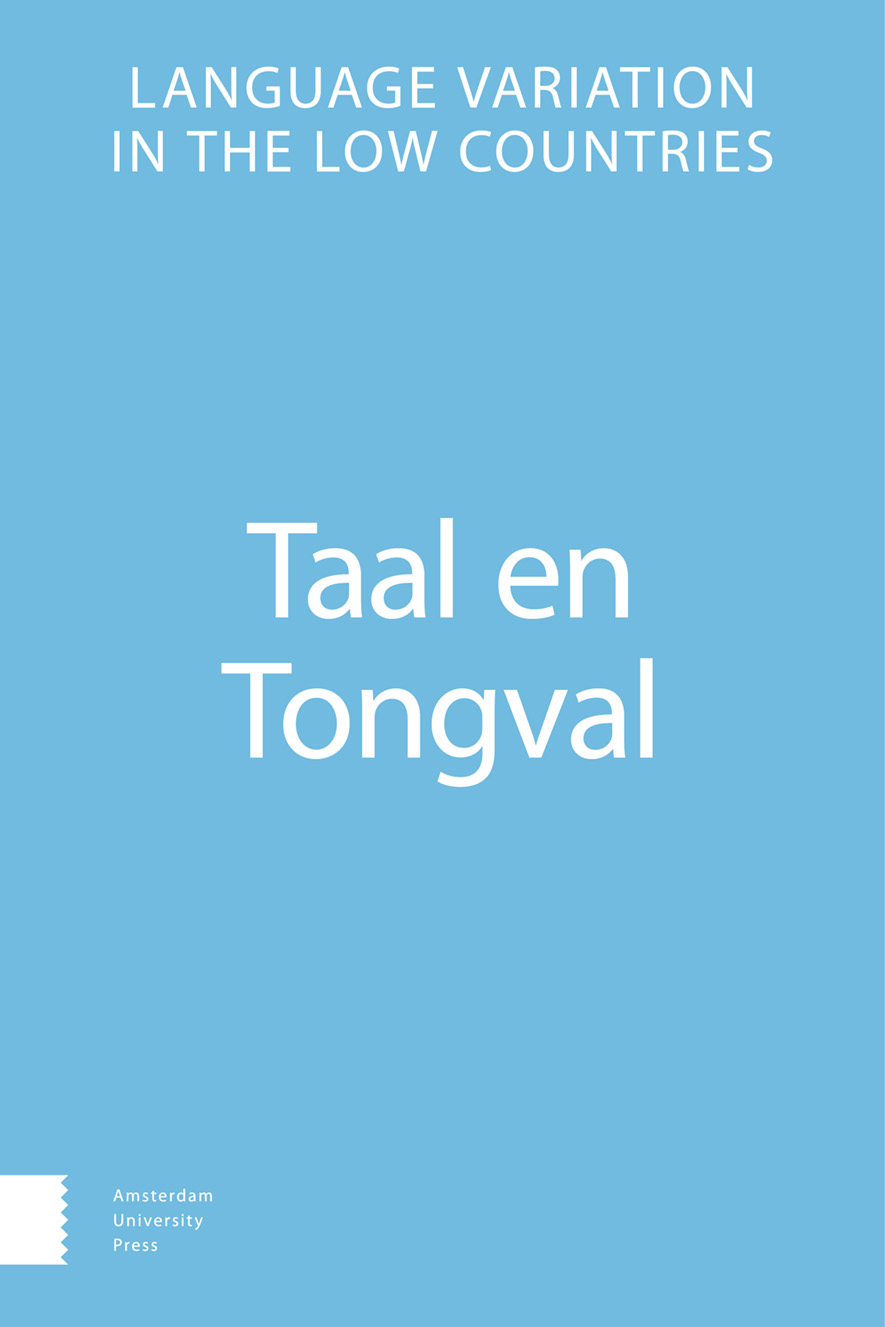- Home
- A-Z Publications
- Taal en Tongval
- Previous Issues
- Volume 75, Issue 2, 2023
Taal en Tongval - Volume 75, Issue 2, 2023
Volume 75, Issue 2, 2023
- Artikelen
-
-
-
Of versus als ter inleiding van afhankelijke ja/nee-vragen in het Surinaams-Nederlands: een kwantitatieve verkenning
More LessAbstract Even though Dutch has been the official language of government and education in Suriname since 1876 and about 50% of the Surinamese households reports speaking Dutch at home, defining or delineating Surinamese Dutch remains highly problematic. ‘Typical’ Surinamese Dutch lexical, phonetic, morphological and syntactic features have been identified, but it is unclear to what degree the Read More
-
-
-
-
Vormen en Functies van Meertaligheid in Oude Liederen uit de Lage Landen
More LessAbstract Multilingualism can fulfil several functions, in both oral and written texts. Sometimes it is used when knowledge in one of the languages is insufficient, or in order to quote someone speaking another language. It may, for example, also be used to mark a certain identity or a conversational turn. This article shows how multilingualism in old songs is used with the same intentions as in modern multilingual conte Read More
-
-
-
‘Zijt gij dat of bent gij dat?’
More LessAbstract In Colloquial Belgian Dutch (CBD) gij bent, a special form of the second person singular of zijn (‘to be’), has appeared, which blends the historically traditional form gij zijt with Standard Dutch bent from jij bent. A logistic regression analysis and general additive model of CBD tweets show that gij bent is popular only in the Brabant dialect area and that usage is highest in the northern Antwerp area. Gij bent is also mor Read More
-
Volumes & issues
Most Read This Month
Article
content/journals/00398691
Journal
10
5
false
en


